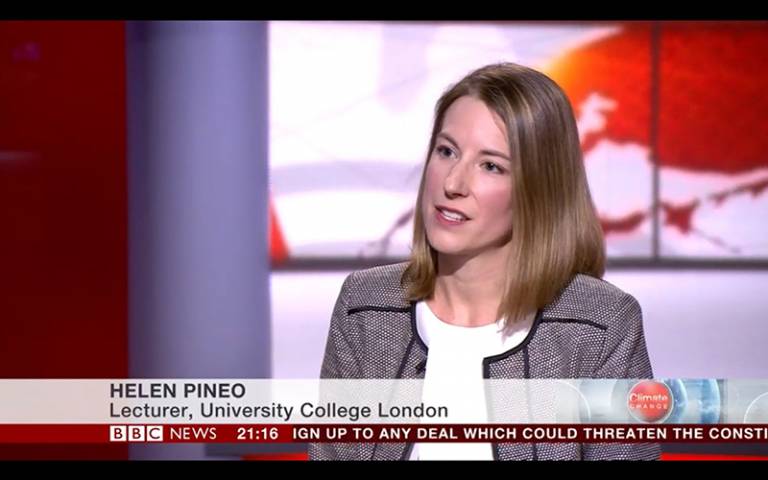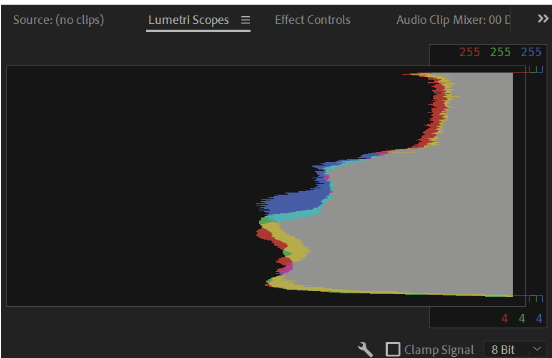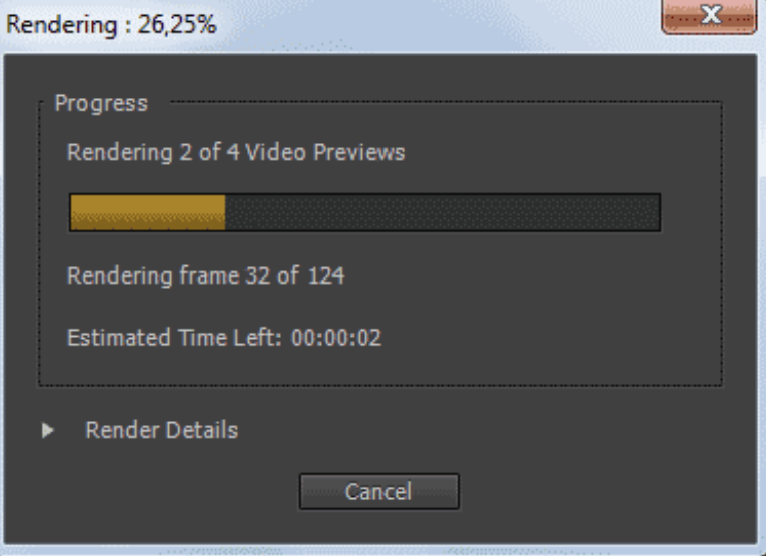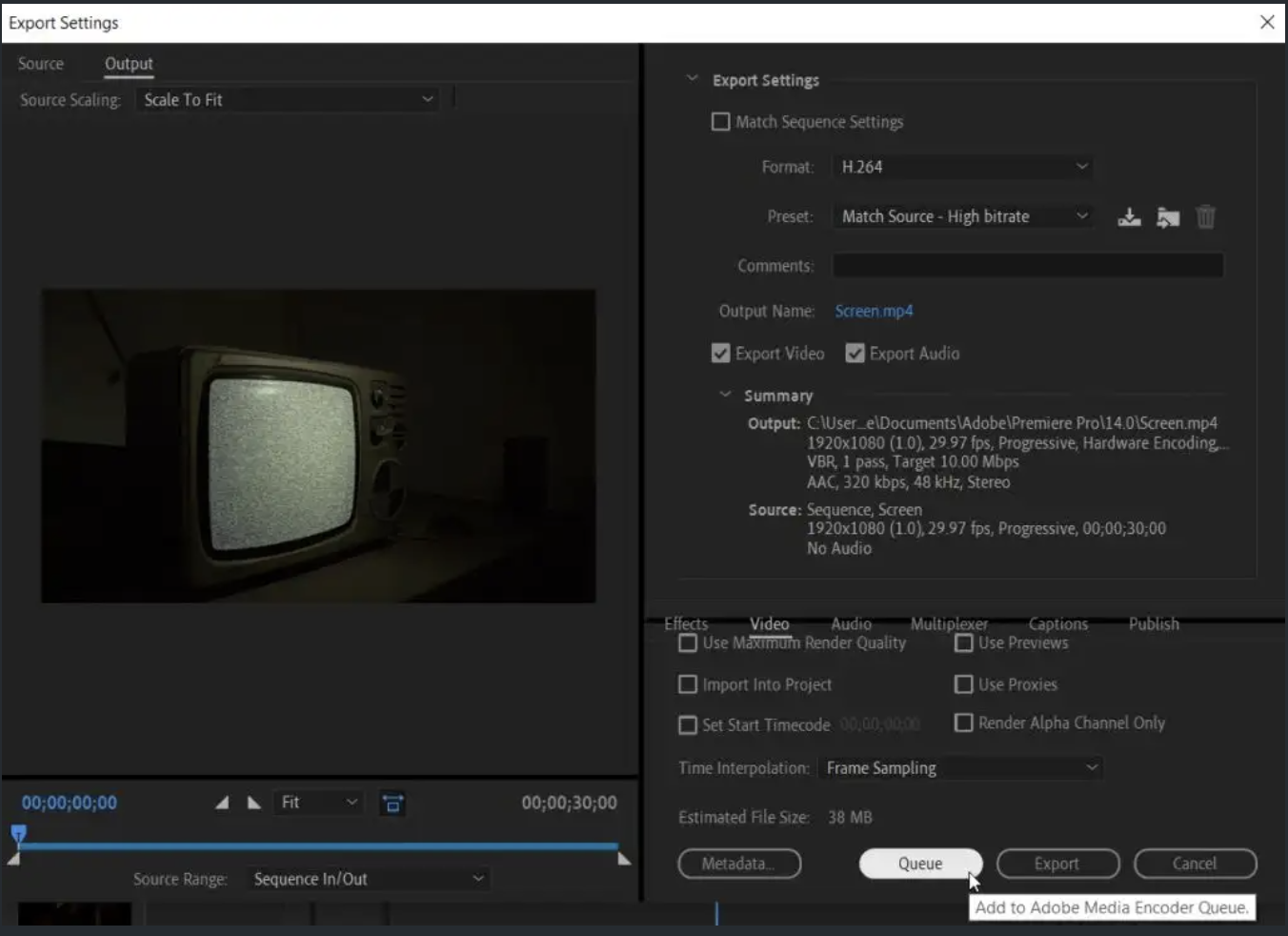week 10
Editing
Video
continuity, e.g. linear/non-linear
Continuity in a video is something that is not new, it actually spans back almost over a century. The process is where a collection of related video shots are combined into a sequence that can capture and grab the target audience's attention whilst keeping the consistency of the story across the time of the clip including its location.
This fantastic video was taken from https://nofilmschool.com It provides a great walk through the history of Video techniques and editing created by the likes of Georges Méliès and David Griffith.
montage, e.g. standard cut, jump cut, transitions, cross dissolve, wipe, fade-in/out, smash cut
As discussed in the videos above early cinematographical edits were created very soon at the beginnings of video production. These edits are still widely used today to the levels where we no longer notice their use. In this section, we will look at a few of those mentioned before and how they are applied and created.
Jump Cuts
Jump cuts are used in almost all videos found on YouTube. However, we take these for granted in our viewing of the videos. Jump Cuts are forgiving to producers of content as they allow for sections where the talent (actor) may have made a mistake in the dialogue that they are doing. For example they mispronounce a word or a loud noise occurs or something happens in the background of the shot. This is not a problem as the section of the clip could be cut and pieced together with the re-recorded new section, or, another camera angle with the newly recorded repeated section that went wrong. Below are some examples where Jump Cuts have been used.
Below is where Jump cuts have been used intentionally to add more drama to the scenes
Within many Bond films, Jump cuts occur in fight scenes.
Graphics, (credits, titles and overlays)
Graphics within a production can play an important part to inform the audiences of key elements within the production.
Things like overlays can be used to introduce individuals in interviews, and to identify locations to provide snapshots of other information in a ticker. The below image demonstrates where in some programs overlays are used very heavily.

The use of credits in productions enables those that worked on the production to be acknowledged and to gain recognition for their contributions to the end product. These credits can also provide recognition to those that possibly had materials used that had not been created specifically for the content in the productions, this acknowledgment may be part of a copyright requirement to identify the original creator of a segment within the production.
effects, e.g. roto-brush, chroma key, compositing
Colour Correction
The use of colour correction in video footage is commonplace. Most video editing packages offer this feature as standard to their users. So why would we use it? The capture of video sequences may not be in the most ideal and planned for situations, elements like weather and lighting may be beyond the producer's control, and using the recorded sequences may appear forced and completely out of the setting of the specific section of the production. This is where colour correction can be used to address this. Below is a list of some of the reasons Adobe suggests colour correction might be needed;
- Modify footage so that clips appear to be shot under the same conditions.
- Adjust colors in a clip so it appears to have been shot at night instead of day.
- Adjust the exposure of an image to recover details from the over-exposed highlights.
- Enhance a colour in a clip to add graphic elements.
- Restrict colors in a clip to a particular range, such as the broadcast-safe range.
The colour correction panel will normally look like the image below. The histogram shows the high and low points of the video sequence and where the peak in colour is, this can be adjusted to enable darker sections to appear lighter in the sequences.

Within the Premier Pro, platform users are able to use LUTs (Look Up Table) these configurations can be selected and presets for a production at the editing stage to apply a completely different feel to the video. LUT's in combination with video camera colour profiles like S-Log and SCinetone can make a video appear to be very professional using cheaper equipment.
Sound
sequencing,
multitrack,
music,
voices,
bridges,
diegetic/non-diegetic.
File management.
The organisaiation of any project is key to effectiveness, efficency and timely production. As part of any production there can be a significant amount of files, and assets that might be used in the final product. Some of these assets may be subject to copyright and licening so the organisation of files can carry legal significance.
Whenever creating a new project is is advisable to create a completly new folder specifically for that productuion, this will allow for it to be descreate in its own right. The seperation of projects will also enable a developer to potentialy pick up the single folder and move it without breaking any links to assets that may have been refered to in the production environment.

Further from the creation of a project folder assets should be further organised in to subfolders, this should be audio, image and video assets. Within the Adobe Premier Pro application we can use "Bins" to oraganise files within the production also.

Optimisation and exporting formats.
Once a product has reached its final ready state it will need to be rendered to ensure that the video flows properly without dropping any frames that could make the final cut look choppy. The process of rendering can take a number of minutes up to days depending on the content inside of the production, and its length in time. Once the render has been completed the format that the production is exported is important to the platform that it will be viewed on.

In a number of instances of social media being used as the platform for the production to be placed, each platform will have its suggested settings and profiles, for example, youtube will suggest 1920-1080, however it is able to go up to and including 4K resolutions. The issue with the large resolutions is the associated large file size which if used on a slow internet connection may take a significant amount of time to upload. Youtube recommend the use of the H264 format for exporting.

Tutorial Zone
Last Updated
2023-02-09 11:43:08
Links to Learning Outcomes |
Links to Assessment criteria |
|||||||||
|---|---|---|---|---|---|---|---|---|---|---|
|
C2 Post-production |
|
English
Maths
How 2's Coverage
Anonymous Assessment - Learners assess an anonymous piece of work containing deliberate mistakes against given success criteria.
Anonymous Assessment - Learners assess an anonymous piece of work containing deliberate mistakes against given success criteria.
Files that support this week
Week 9←
PrevWeek 10←
Prev→
Next